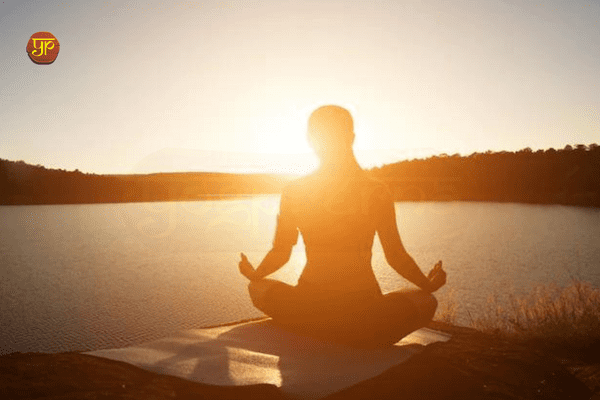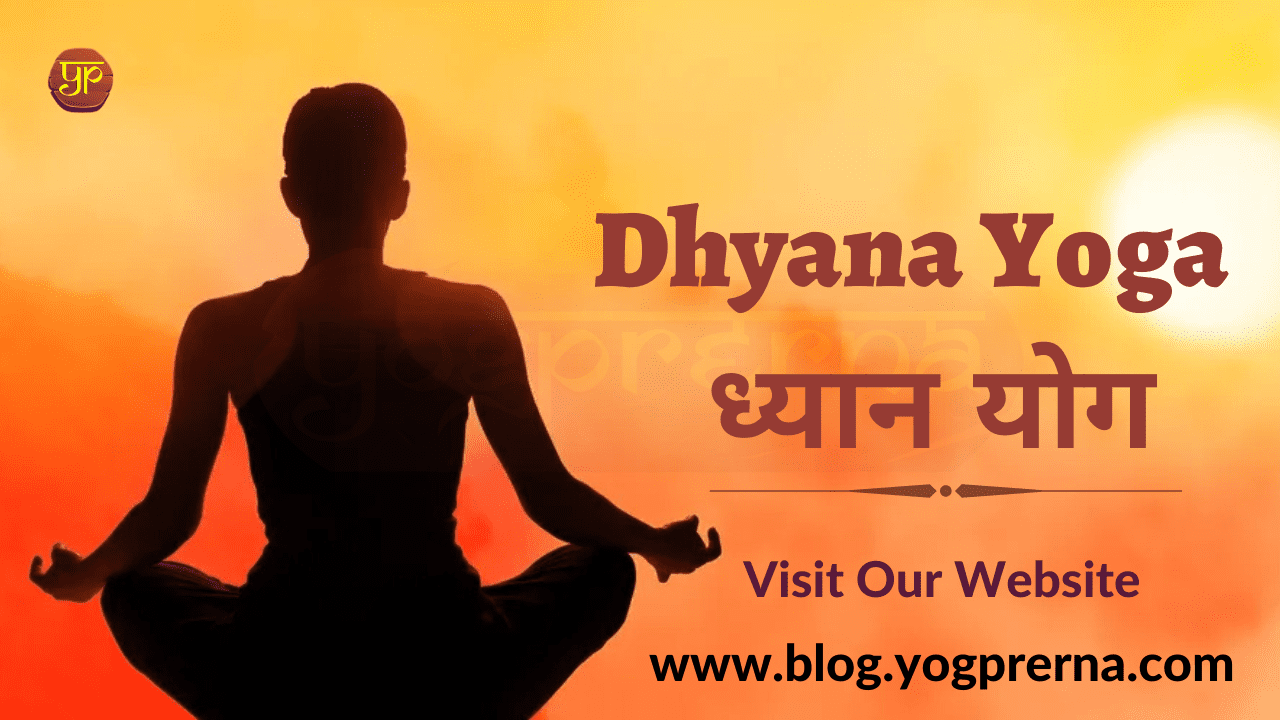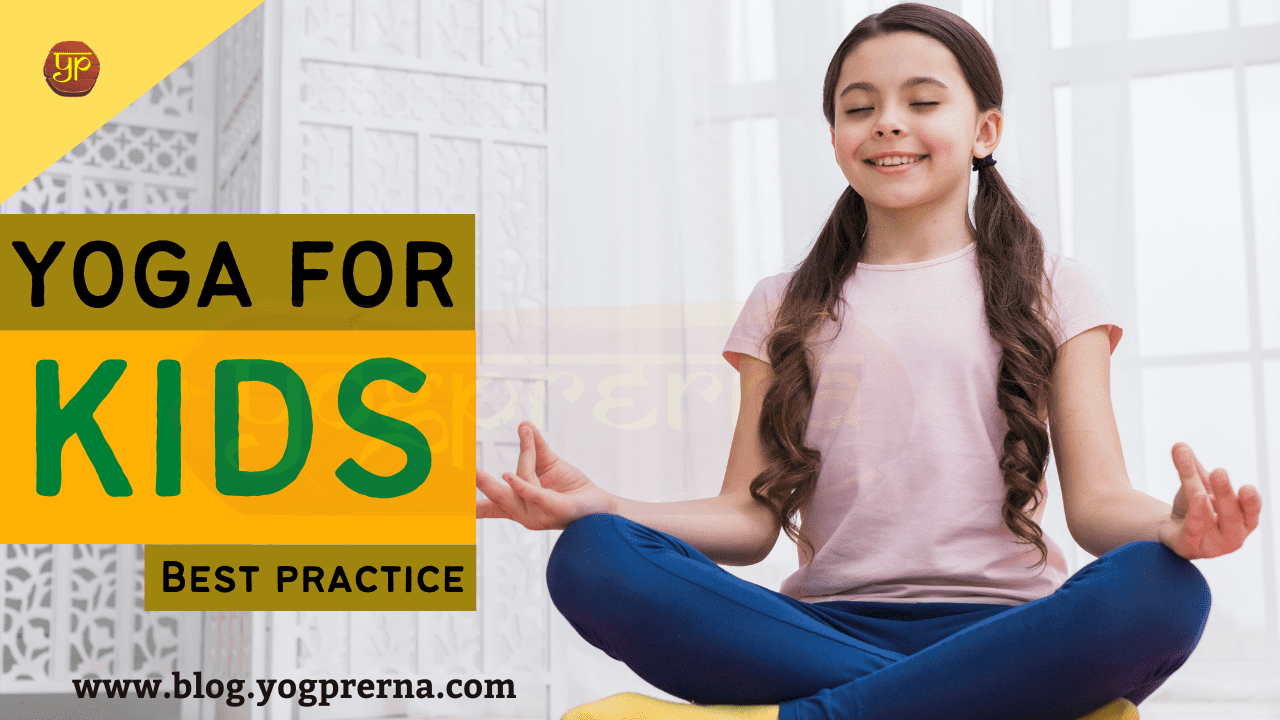What is Dhyana Yoga
The Bhagavad Gita refers to dhyana yoga as the art of meditation. It teaches you to focus on what needs to be done and keep your thoughts off needless matters.
Yoga dhyana helps you discover reality. You can more clearly distinguish between illusion and reality thanks to its assistance. Deep attention produces consciousness, which gives you the solutions you require.
The highest state of dhyana involves the mind is awake but unfocused. There are few or no ideas that trouble the intellect at all.
It takes effort and time to sit motionless without anything on which to focus. By practicing asana, pranayama, and Dharana, you can develop the endurance and stamina necessary for it.
How to Practice Dhyana Yoga? What are its Benefits
Numerous issues might arise from an unstable mentality. Fortunately, the age-old art of yoga has a remedy: dhyana yoga, a tranquil and calming technique for controlling your subconscious depressing ideas.
There are many ways to safeguard your brain and enhance its functionality.
The most efficient form of yoga, though, is dhyana, which improves your ability to focus and pay attention. It is challenging to understand how yoga dhyana works.
Dhyana Yoga Steps
Yoga dhyana aims to make your brain see you and the outside world as a single, interconnected entity. To get closer to this level of being, take the following actions:
Start with meditating: During Dharana meditation, you might be mindful of your point of awareness, your emotions and thoughts, and your concentrating object, which could be a mantra, your respiration, or an outside object like a flame.
Obliterate your emotions: Set aside emotions and thoughts as you enter dhyana to help you focus more effectively. You will be concentrated on your attention and your meditational object because emotions and thoughts won’t be present.

Add a posture: You can concentrate your attention by meditating while holding a mudra or other hand position. In your lap, cross your right and left hands, palms up. Make a triangle with your thumbs together to symbolize the Triratna or the triple jewels of Buddhism.
Practice often: Learning to control your thoughts and emotions takes practice. Dhyana might only last for a few unbroken seconds at first, but with practice, you can extend this time. To better get ready for dhyana, practice Dharana more frequently.
What are the benefits of Dhyana Yoga?
The benefits of meditation extend to the body as well as the mind. Your body will feel less stressed, your thoughts will be more at ease, and your existence will be more relaxed. By recognizing the distance between outside stimuli and our response to them, we can experience greater serenity in our everyday routines.
We learn more about who we really are as we sit silently and pay closer attention to ourselves. And this is undoubtedly a nice and lovely objective.
What are the precautionary measures to take while doing Dhyana Yoga?
You may get the most out of Dhyana Yoga asanas by taking these precautions:
- Never practice these postures with a stuffed or empty stomach.
- Always eat before two hours of asana practice.
- Before engaging in Yoga Dhyana, one should receive enough rest to prevent weariness.
- You should have complete isolation from any outside disruptions.
Conclusion
We sincerely hope that this essay has enlightened you on the tremendous advantages of Dhyana. It is important to keep in mind that attaining Bliss’ ultimate goal requires years of arduous experience and determination. Concepts are similar to pointless applications on our smartphones that consume battery life while providing little benefit to us.
It can be beneficial to turn off these programs for at least a brief period of time to reduce stress and advance both mental and physical health. If you don’t succeed the first time, keep trying. Always keep in mind that you always keep practicing!
May You Like – Dhyana Yoga in Bhagavad Gita || Asamyukta Hasta Mudra || Asanas of Yoga
Frequently Asked Questions (FAQ)
-
What is dhyana and its benefits?
The most crucial aspect of yoga practice is meditation. It supports the practitioner’s growth of positive emotions while destroying bad emotions including fear, hatred, depression, and anxiety. keeps the mind quiet and peaceful. increases focus, memory, mental clarity, and willpower.
-
What are the 2 types of dhyana?
The wise man Gheranda teaches his student Chandakapali in the Gheranda Samhita (Shashthopadesha) that there are three different varieties of dhyana: Sthula, Jyotirmaya, and Sukshma.
-
How do I practice dhyana?
When you indulge in dhyana, you concentrate your mind on a certain thing or idea with the intention of connecting with it. The greatest method to get your body into a peaceful and relaxed state for a dhyana activity is to first perform some yoga. When that happens, you’ll be prepared to turn off your senses and concentrate.
-
What are the four stages of dhyana?
After the dhyanas, there are four more spiritual practices known as the Samapattis, or “attainments,” which include the following: awareness of the infiniteness of space, awareness of the infiniteness of cognition, awareness of the unreality of things (nihility), and awareness of the infiniteness of unreality as the subject of thought.




